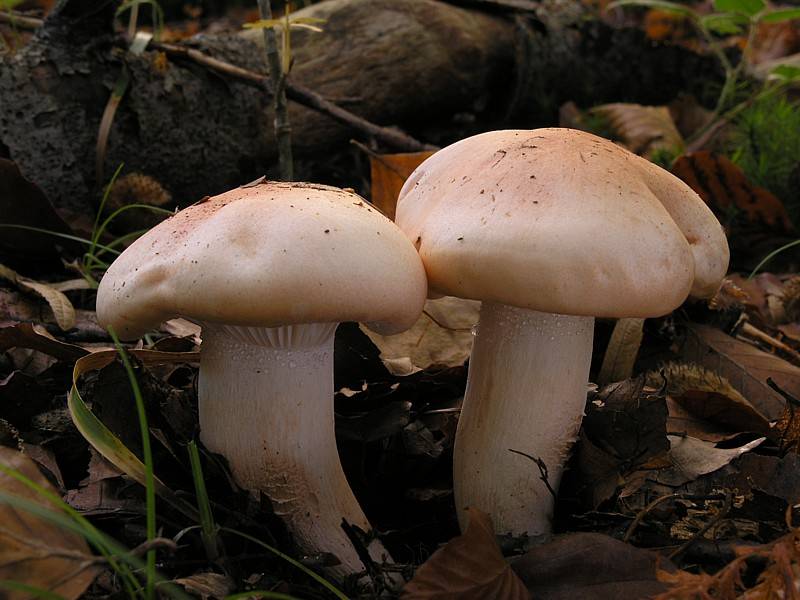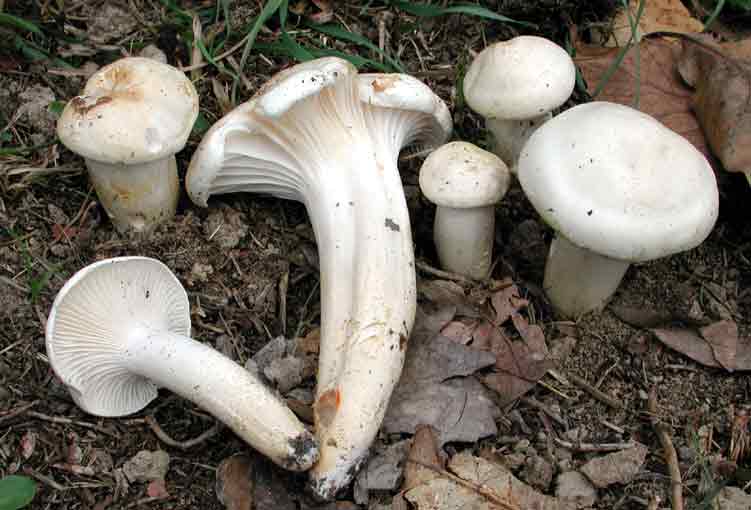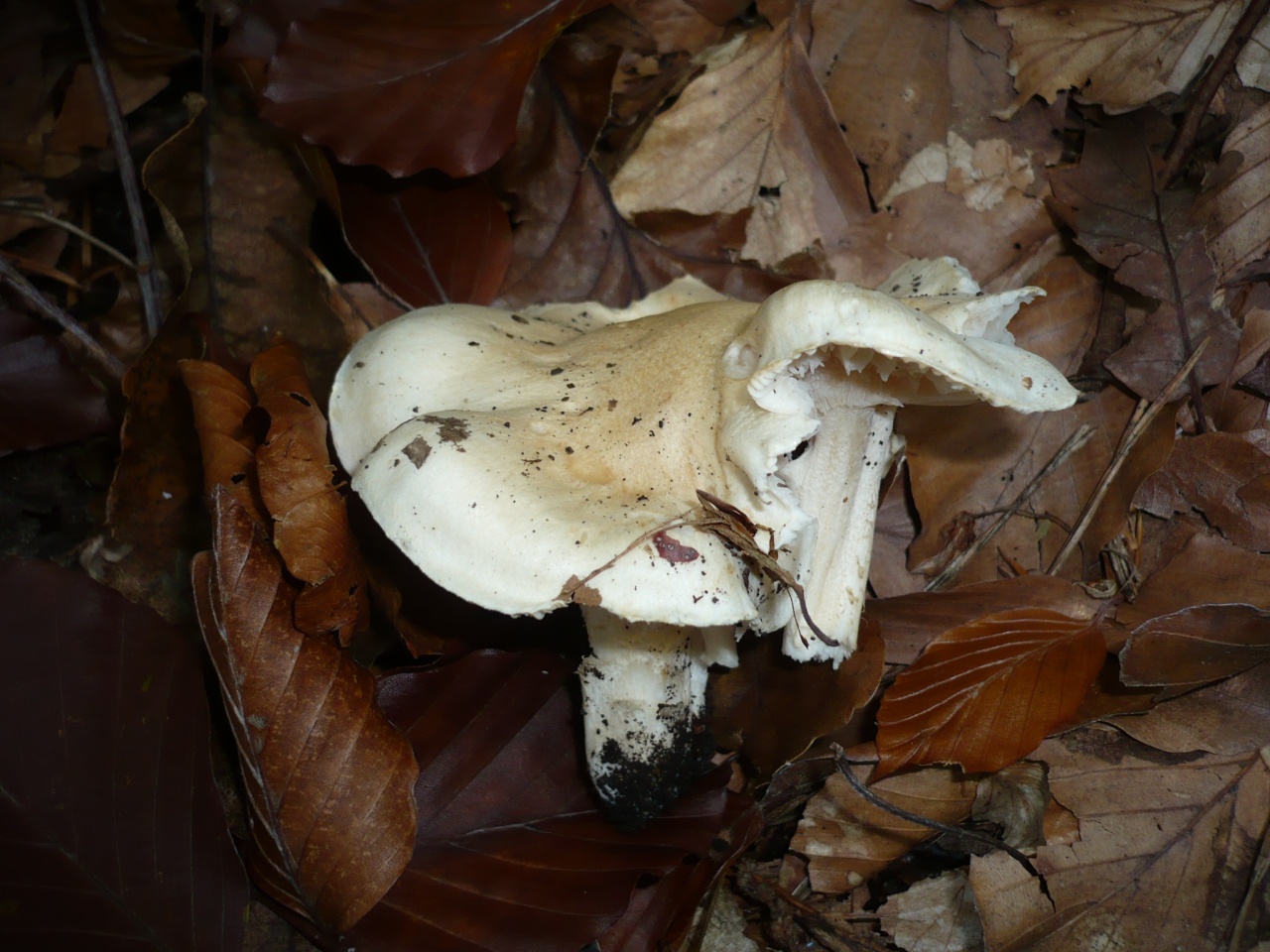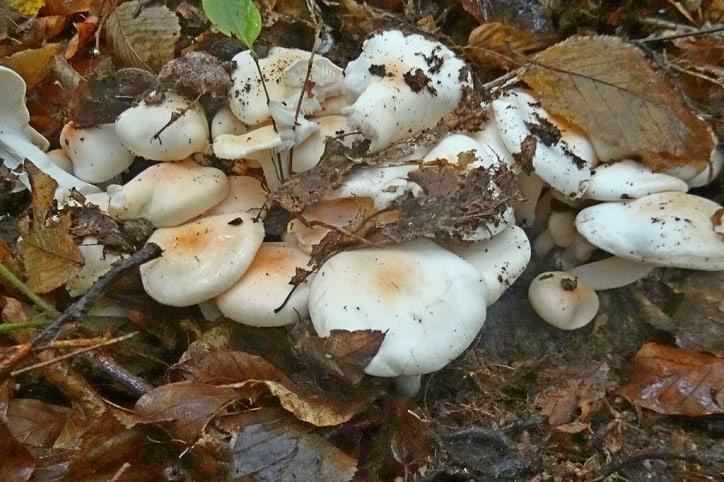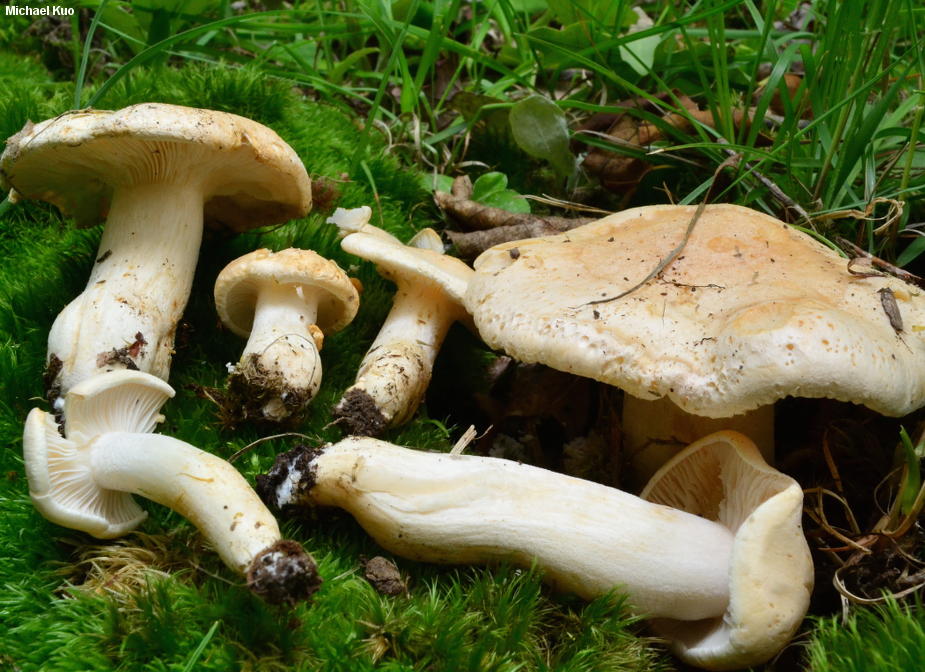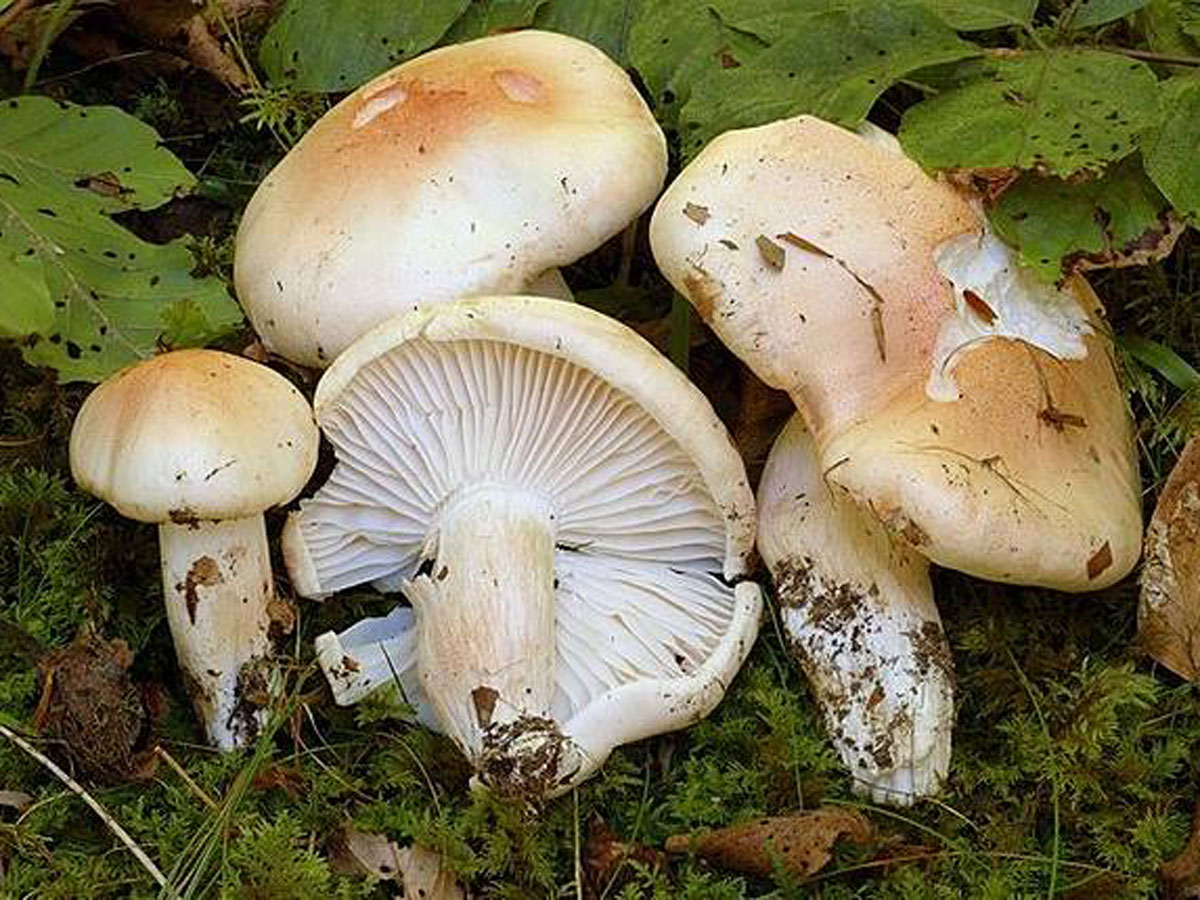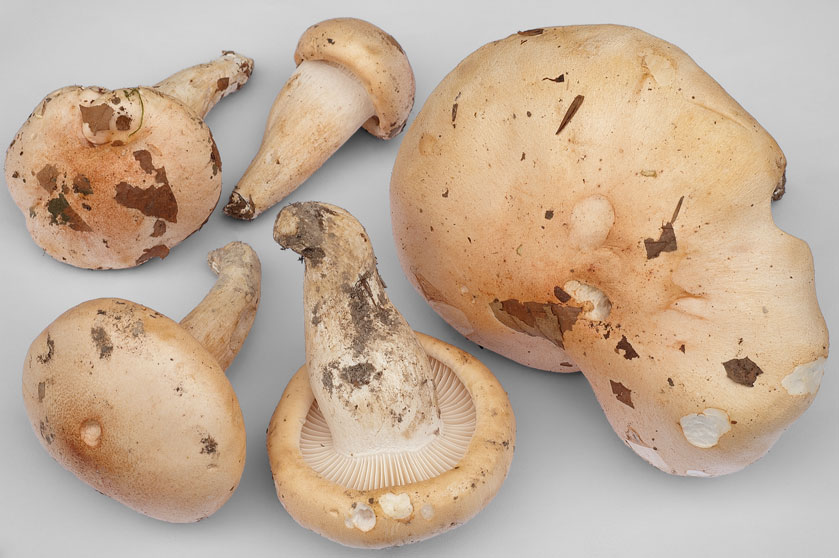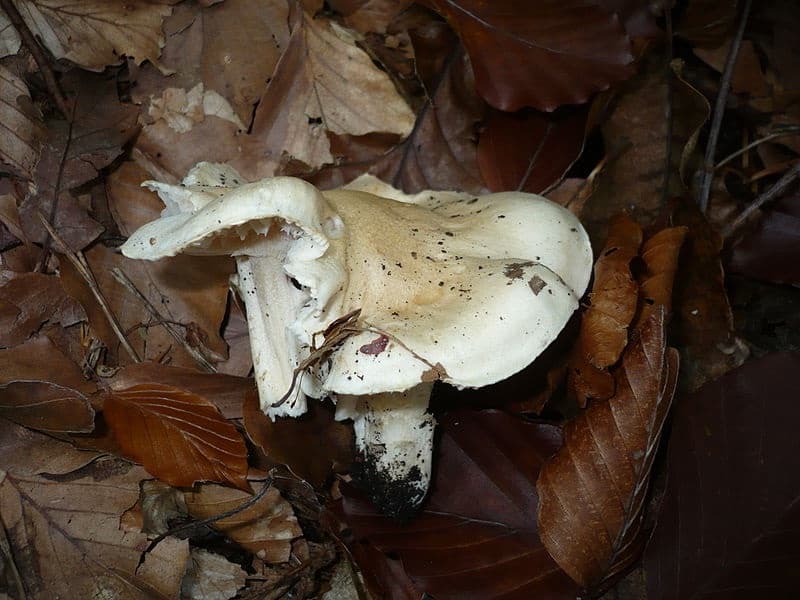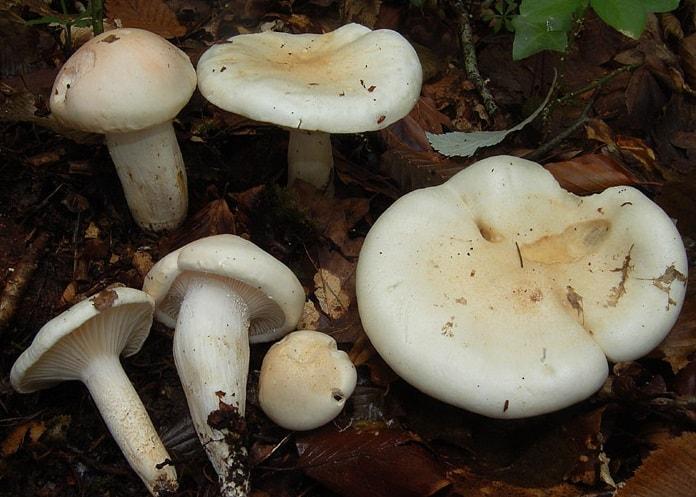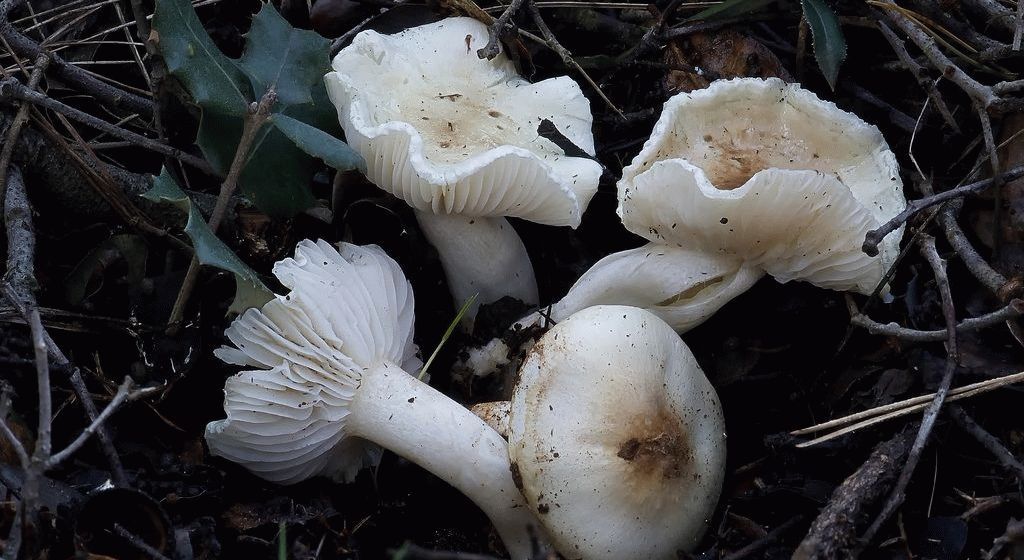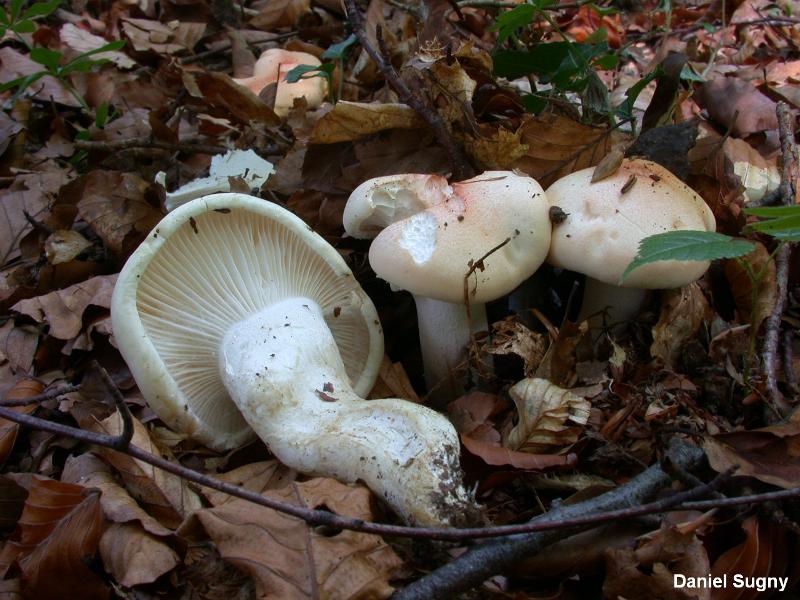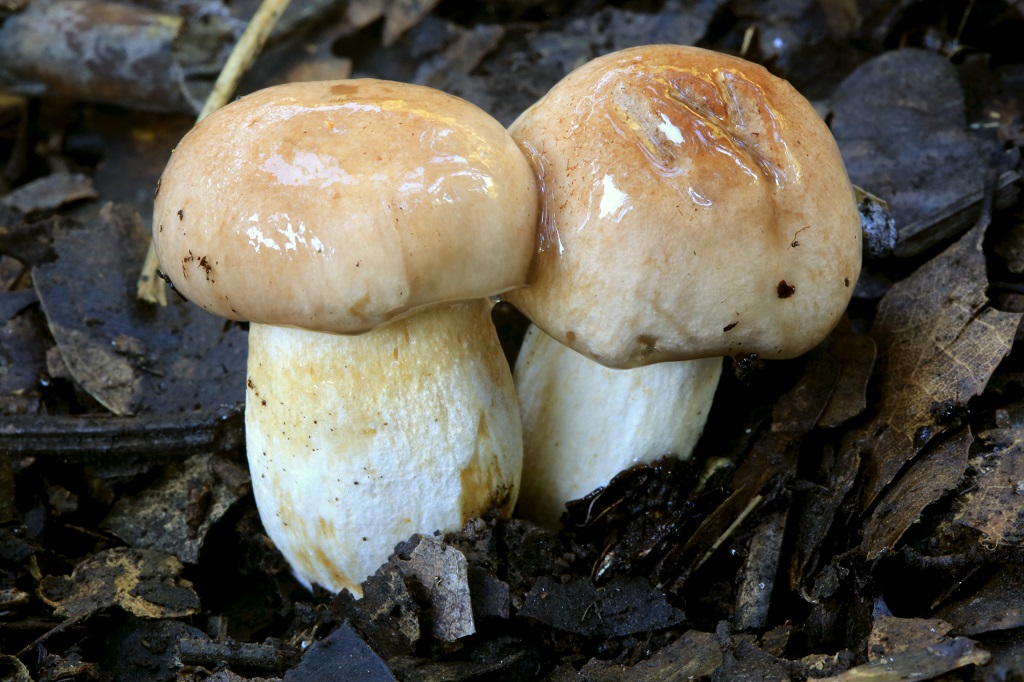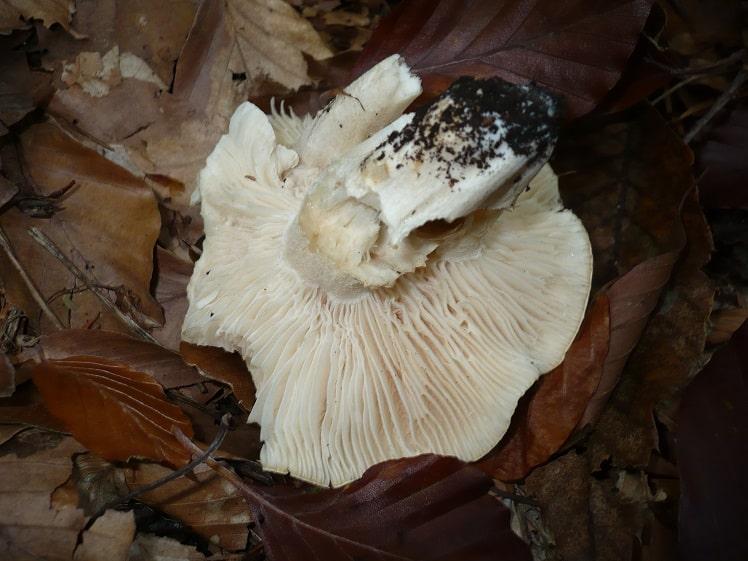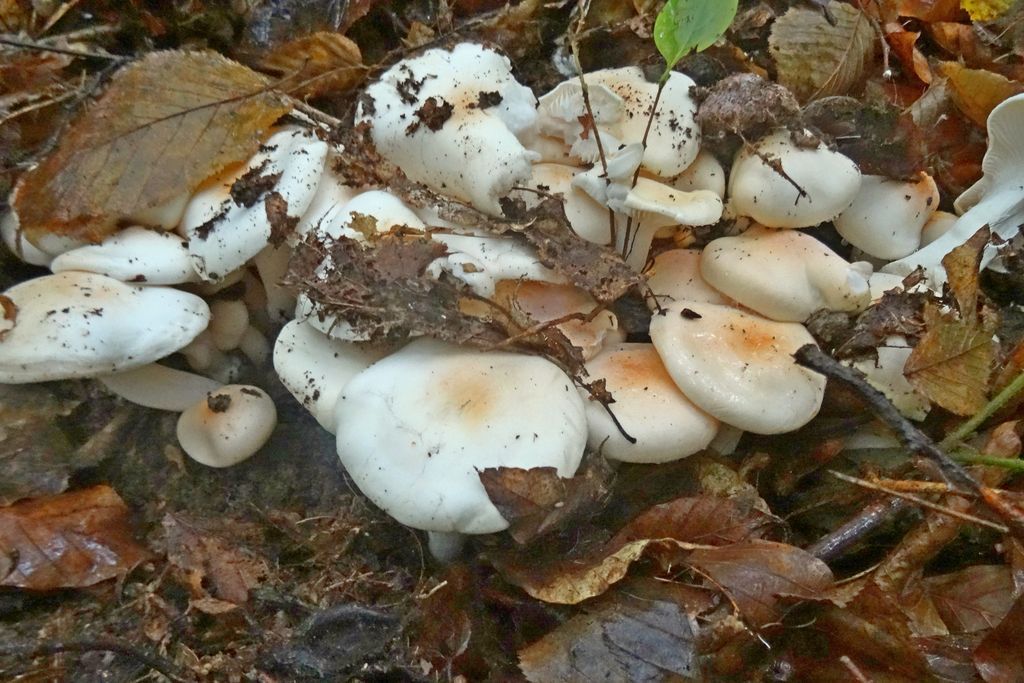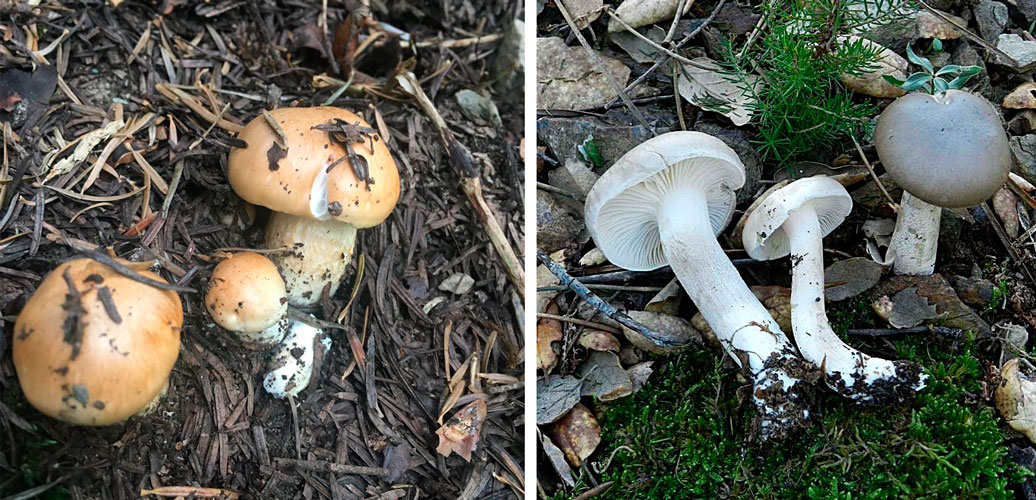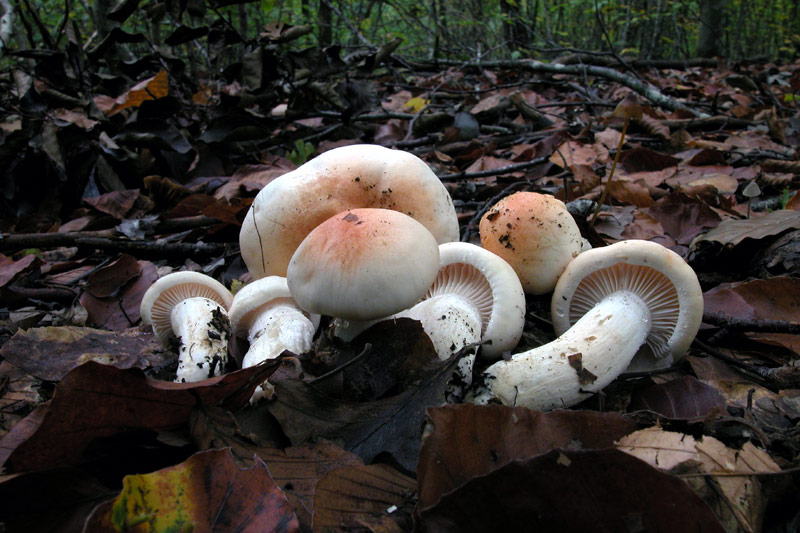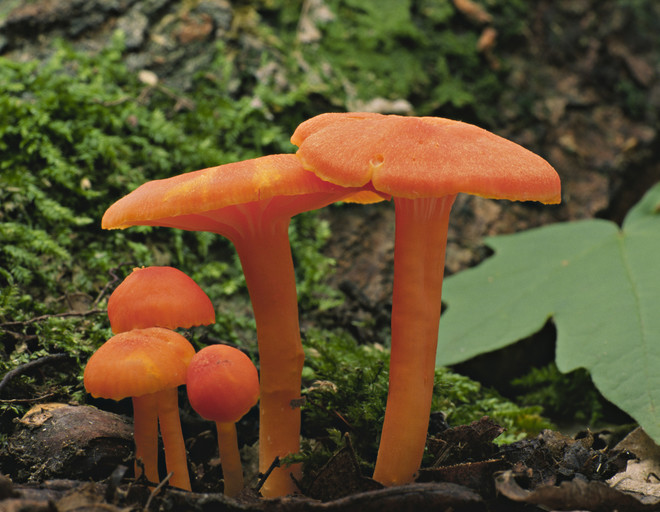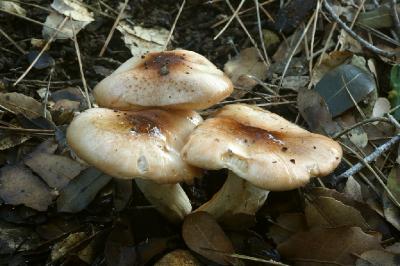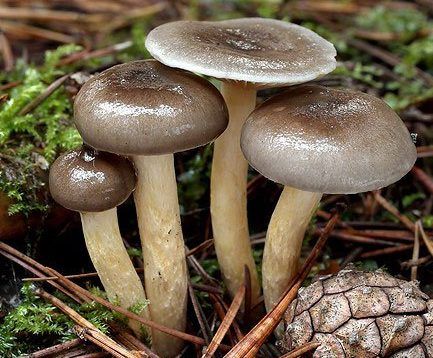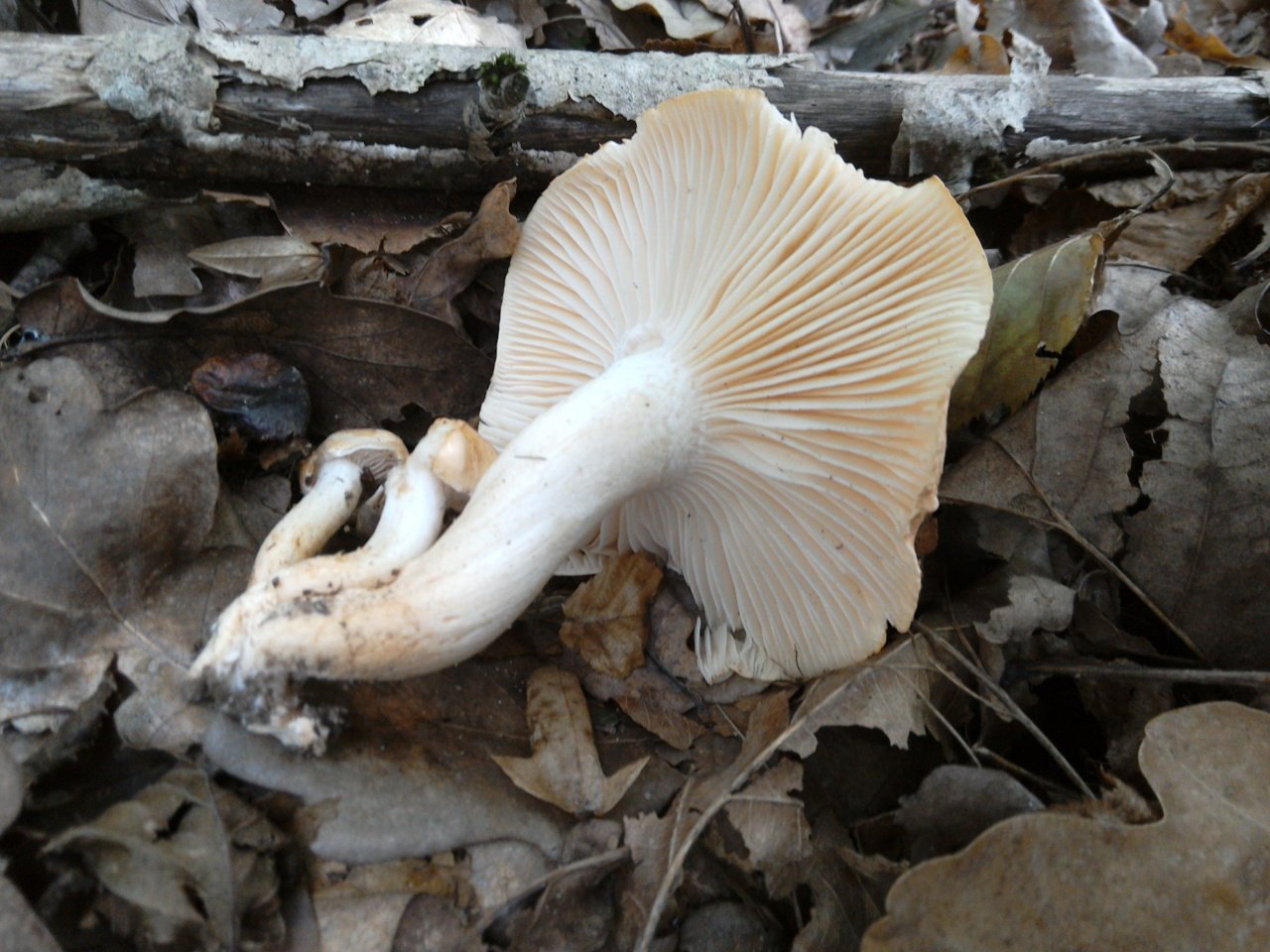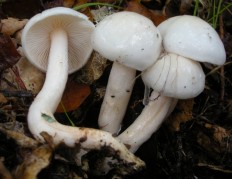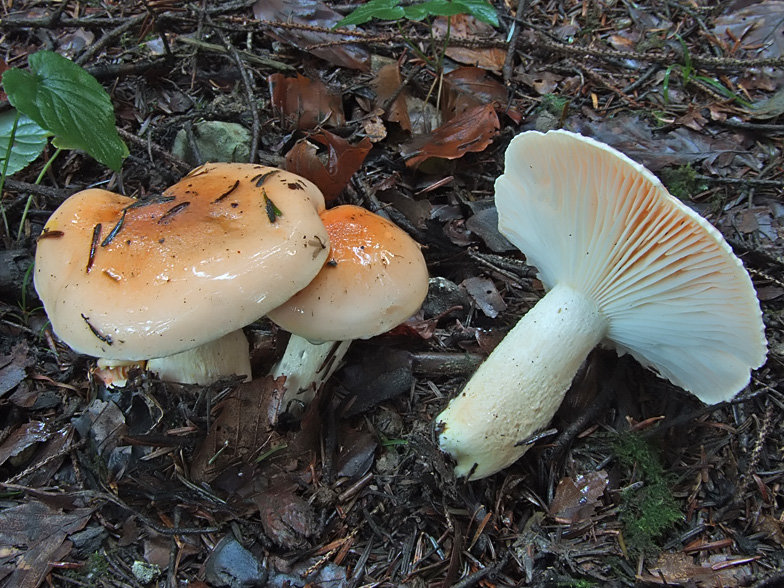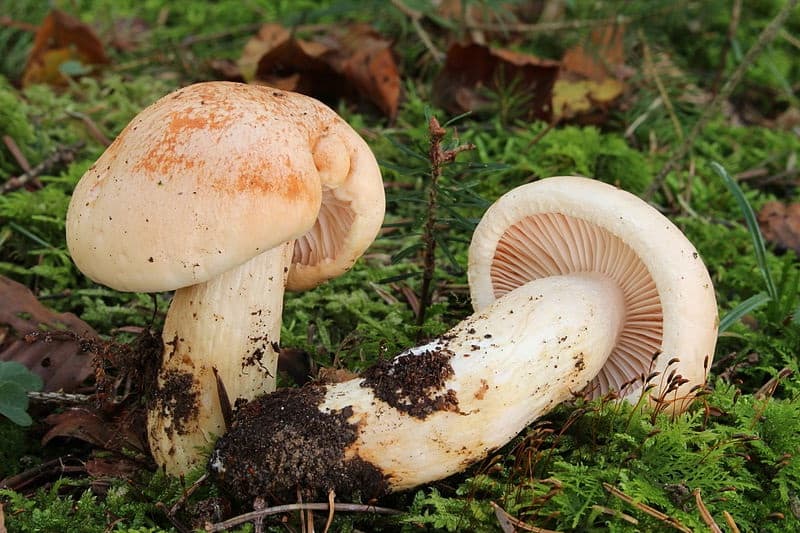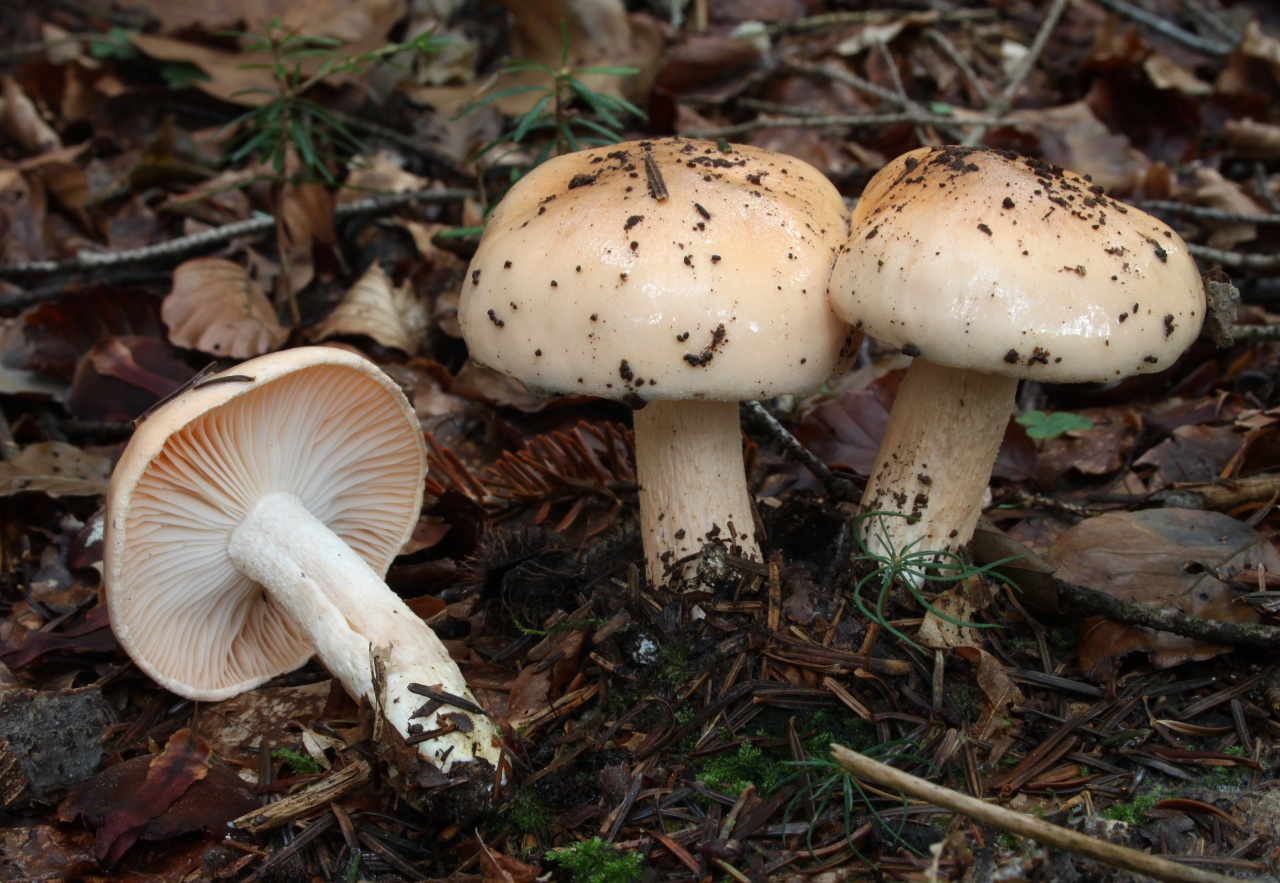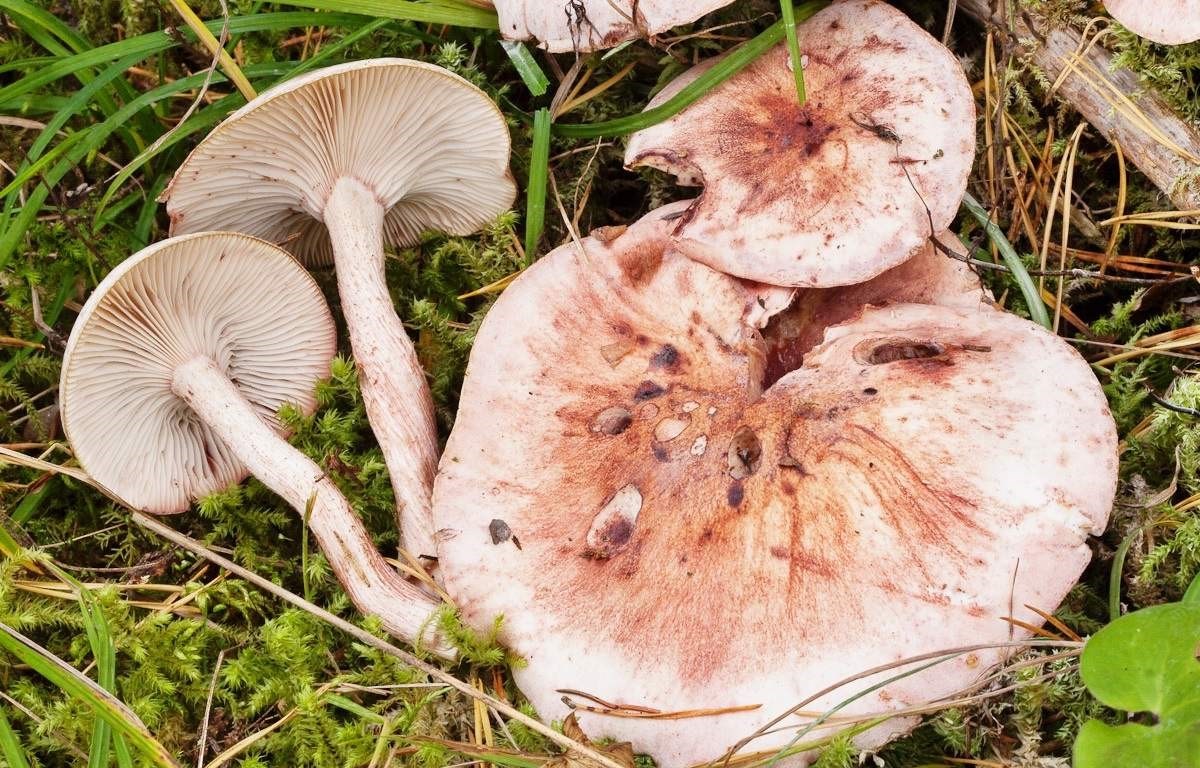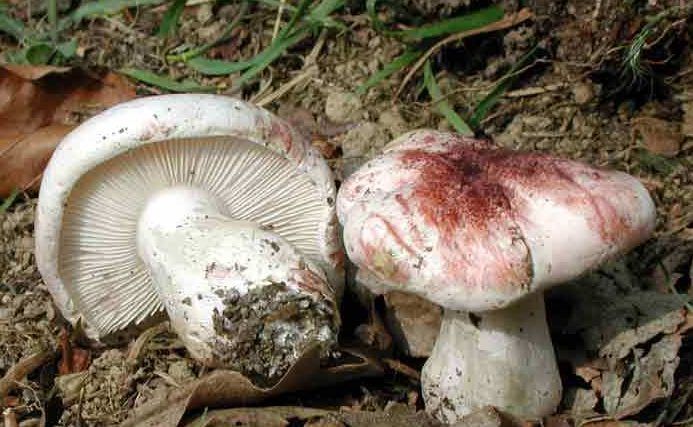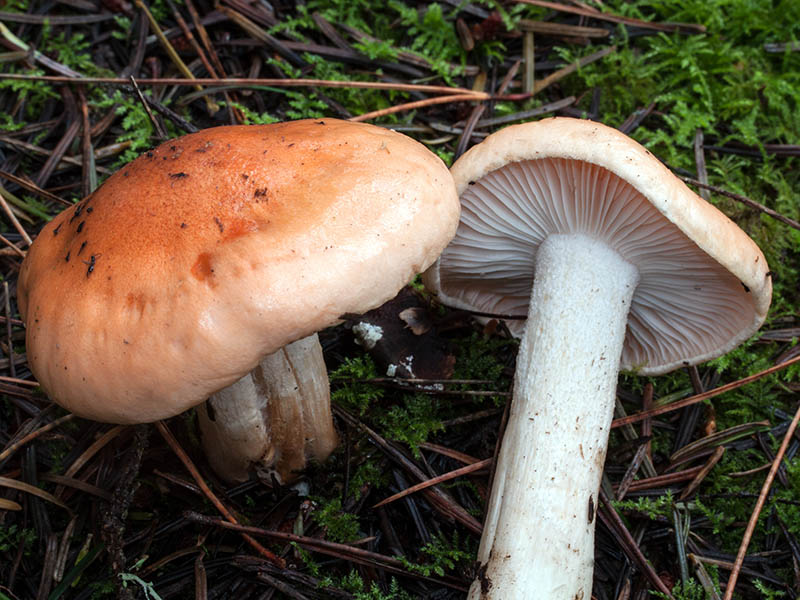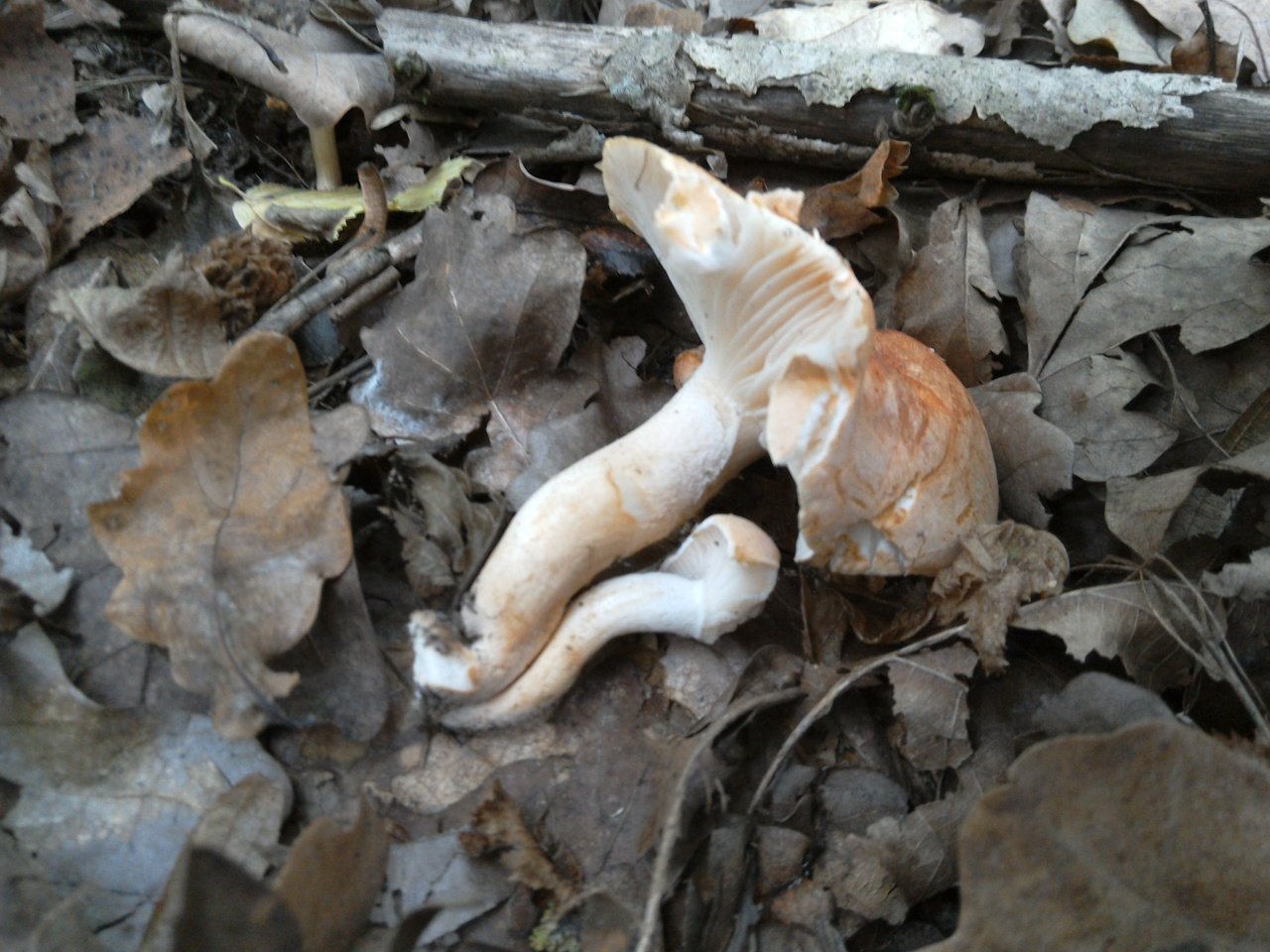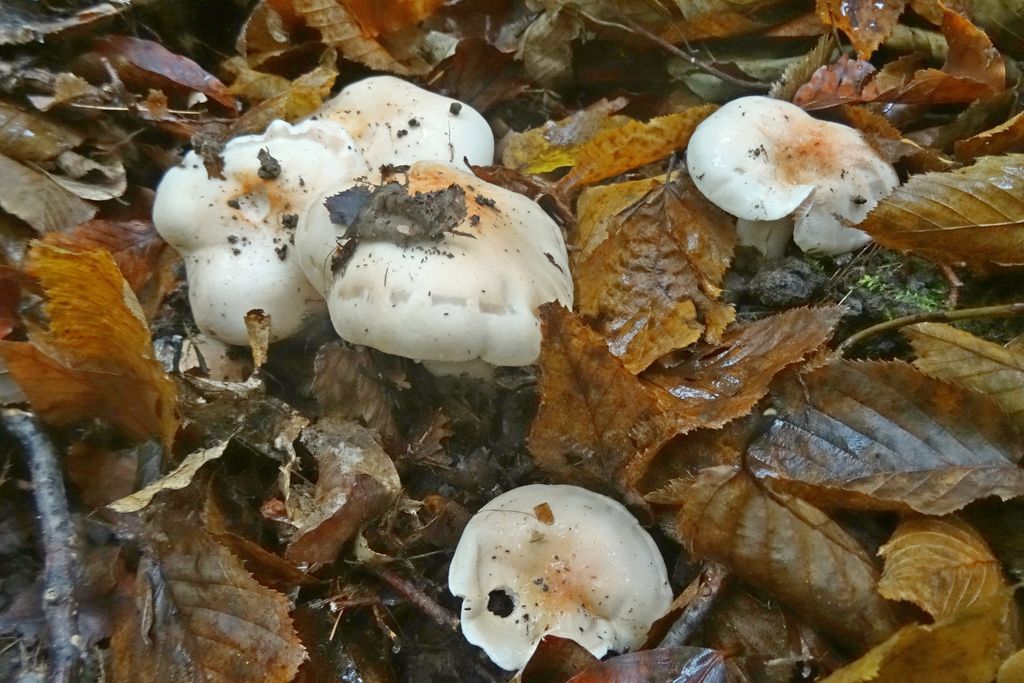The edibility of the poetic hygrophor
Poetic Gigrofor is a good edible mushroom. They can be prepared in a variety of ways, as well as dried and preserved in vegetable oil.
Similar species
The poetic hygrophor is similar in appearance to the pinkish hygrophor. This mushroom is also edible, but with a mediocre taste. They grow under coniferous trees.
Related species
Gigrofor fragrant silt fragrant - conditionally edible mushroom. The diameter of the first convex and then flat cap is 3-7 centimeters. The surface of the cap is slimy, grayish, yellow-gray, or olive-gray. The leg height can reach 7 centimeters, while the thickness is 1 centimeter. Its shape is cylindrical, the color is grayish-brown, the flesh is white.

Fragrant hygrophors grow in damp, mossy places. They settle in spruce forests, preferring mountainous areas. Fruiting from summer to autumn. Fragrant hygrophors are practically unknown, but they are salted and pickled.
Gigrofor yellow-white - edible mushroom. It is also known as a cowboy shawl and a wax hat, and this is due to the fact that if the mushroom is rubbed between your fingers, it turns into a wax mass. The fruit body is of medium size, its color is snow-white. In wet weather, the hat is covered with a layer of mucus of a rather thick thickness.
Yellow-white hygrophors are widely known in Europe, North Africa and North America. These mushrooms contain a large amount of biologically active substances with bactericidal and antifungal activity.

Description of the fragrant hygrophor.
The cap of the fragrant hygrophor is at first convex, but later transforms into a prostrate one, with a central tubercle. Its diameter is 3-7 centimeters. The cap is covered with a smooth, slimy skin. The color of the cap is grayish, yellow-gray or olive-gray. The edges of the cap are distinguished by a lighter shade; they remain wrapped inward for a long time.

There are thick and soft plates under the head. The shape of the plates can be forked. In young specimens, the plates are adherent, and in old ones they descend to the leg. At a young age, the color of the plates is whitish, and later it changes to a dirty gray. Spore powder is white.
The stem of the fragrant hygrophor is cylindrical, thickened in the lower part, sometimes flattened. Its height reaches 7 centimeters, and the girth is about 1 centimeter. The color of the leg is grayish or brown-gray. The surface of the leg is covered with small flakes resembling flakes.

The flesh of this mushroom is soft, in wet weather it becomes watery and loose. The color of the pulp is white. The pulp has a distinct almond aroma, and it tastes sweet. After the rain, a group of fragrant hygrophors emits an aroma so strong that it spreads for several meters. It is due to its smell that the fragrant hygrophor differs from other members of the family.
Places of growth of fragrant hygrophors.
Fragrant hygrophors grow in spruce forests, they can be found in damp and mossy places. These mushrooms prefer mountainous areas. Fragrant hygrophors bear fruit from summer to autumn.

Evaluation of the edibility of a fragrant hygrophor.
This type of mushroom is practically unknown, but it is suitable for eating fresh, salted and pickled.
During the preparation of fragrant hygrophors, it is necessary to remove the mucous skin, since it has an unpleasant taste and can ruin the dish. Despite this, the scented hygrophors are tender, fleshy and tasty.

The benefits of fragrant hygrophor.
Hygrophors are not very popular among mushroom pickers, but they taste good, and they are also useful. Like many types of mushrooms, they are rich in amino acids, vitamins and various trace elements. The composition of fragrant hygrophors includes vitamins A, B, C, D and PP.

In terms of the amount of protein, they compete with meat, while mushrooms even have an advantage - a combination of both plant and animal proteins. They also contain sulfur, phosphorus, potassium, calcium, zinc, manganese, iodine and sodium. In addition, hygrophors remove toxins from the body.
Another important property of fragrant hygrophors is their dietary value, they are a low-calorie product.
The enzymes contained in these mushrooms help fight viral, colds and upper respiratory tract infections. They have a positive effect on the human immune system. In addition, the use of fragrant hygrophors helps to strengthen the heart muscle. These mushrooms prevent cholesterol from accumulating in the body. They reduce fatigue, improve memory and mental performance. Due to the positive influence of hygrophors on the work of the body, they are considered "food of the Gods" and a means for immortality.

Description of the poetic hygrophor
The cap of the poetic hygrophor at a young age is spherical, as it grows, it becomes prostrate, and even later acquires a bumpy appearance. Its edges are slightly bent, uneven. The hat is covered with a smooth, silky, seemingly shiny skin. The color of the cap varies from pinkish and white to light red.

The leg is very strong, dense, it expands downward. The surface of the cap is silky and sticky. The leg is covered with fine fibers. The color of the leg is white, sometimes a fawn or reddish tint may appear.
Under the cap are wide, fleshy and rather rare plates. The pulp is dense, white. It has a fruity and jasmine scent. The flesh tastes good. The color of the plates is white or yellowish.
Places of growth of poetic hygrophors
Poetic hygrophors grow in deciduous forests. They meet in small groups. You can find these mushrooms mainly under the beeches. Fruiting from summer to autumn.



